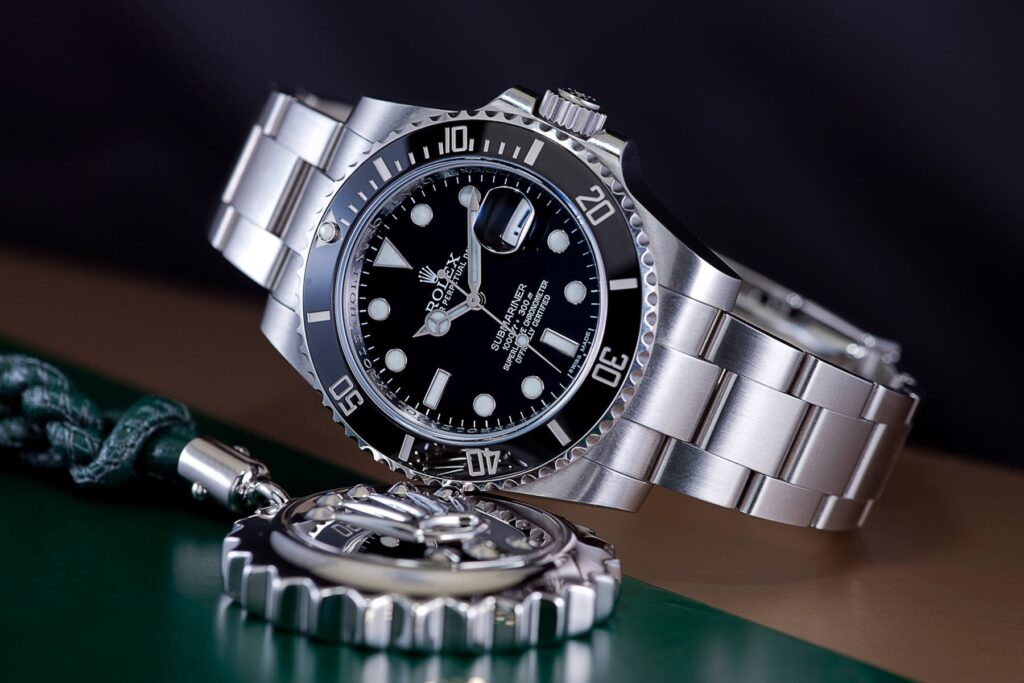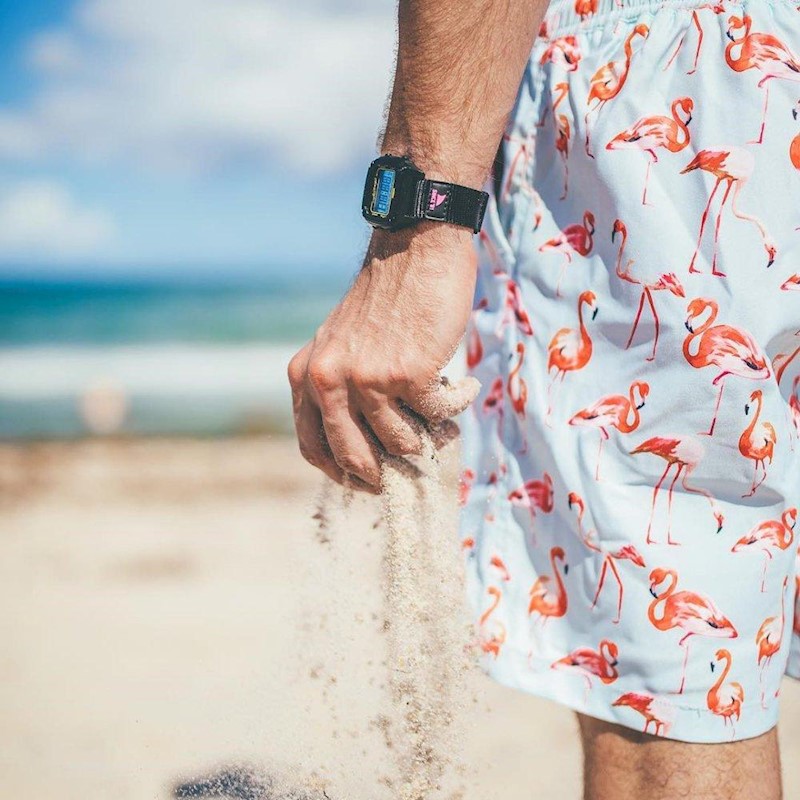How Much Do Watch Brands Spend on Advertisements?
Branding is one of the key elements to a successful watchmaking business (or any business, for that matter). This is especially true in an age flooded with automatic ads on social media, television ads across multiple streaming platforms, and even ads on smart-tech timepieces. Through the centuries everything from print media to digital billboarding has been smartly utilized by the world’s most successful watch brands. Not unlike today, even in the heyday of print media, those that invested well into their name were able to push themselves to the front of the line—in terms of brand recognition. What was spent on advertising back then looks like mere pennies in modern terms. Millions (if not billions) of dollars are spent yearly in the current watch industry—promoting everything from new startup companies to ages-old Swiss brands. So how much are some of these companies spending? We here at TimesTicking decided to take a quick look into the bigger spenders in the market today—and the current trends in marketing, generally.
Luxury Watches and Budget Brands Alike

Rolex took the top stop spot last year (2019) for top spender in advertising. This should come as no surprise considering their brand’s mass popularity and continued name recognition. Spending around $56million, Rolex has (once again) outdone themselves and everyone else. Despite the fact that Rolex has spent their way into the top spot, over 70 brands spent at least $1million in 2019 on ads. This includes brands like Seiko and Casio. Casio themselves spent $3.64million while Seiko—with a new penchant for building luxury pieces—got closer to the top ten spenders globally.
Where most affordability brands have historically focused on television and internet spending, the market is starting to look a little more blended (in terms of where money is being spent). Over the last 5 years many luxury brands have shifted toward spending upwards of 50% of their overall marketing budgets in online advertising. This is no small trend considering that many companies still lean heavily on advertising via international sporting events (think about all those sideline adverts at the World Cup) and through traditional media channels. With e-mail marketing and online-influencer culture changing the atmosphere of advertising, generally, the tide is certainly turning toward a larger online presence—even for the likes of Rolex.
Trending Online
Celebrity endorsements are a good example of the crossover between luxury and affordability advertising. With brands like Richard Mille or IWC picking World Open tennis players, NFL players, race car drivers, and film stars to align with their watches, whatever those stars do with their watches online becomes a way to get a name trending (and customers spending). Before the age of the internet, investing in handing someone (let’s say) an $80,000 watch could have a return far higher than the value of said watch. That being said, as the popularity of online content creators and social media climbs—so do the numbers investing in those means of branding. This aspect of promoting business is experiencing a relative boom with all things considered.

Spending far less than any of the previous brands mentioned, surf watch brand Freestyle has taken to a very inexpensive online sales strategy. Their use of their own customers as “influencers” has established a marketing style that’s more democratic in its design. With the right amount of followers, anyone can apply to join their growing team of influential brand ambassadors. This has made everyday people more involved in advertising, which very likely adds to the appeal/relatability of certain timepieces. With other non-watchmaking brands cashing in on influencer culture, even a brand like Rolex might not be too far behind in trying this strategy. That being said, when any brand has an excess of $20+million reserved for advertising, it’s safe to say that they have some wiggle room in doing things the old fashioned way.
All Avenues Are Explored
No matter where timepieces get seen, there’s a psychology behind the perceived value of existing brand names. The name Vacheron Constantin is going to come across a lot differently than Timex, for example. Last year, millions were spent on just race-car events alone (which eventually stream online) by luxury brands—a place where they’re almost expected to be seen. Traditionally important avenues for advertising aren’t losing their luster—but even those events are steering their way toward digital avenues. Exclusivity, as it goes, isn’t always the most appealing way to sell something. Especially in an age where people can curate/advertise how their own lives appear online. In an effort to stay on top of global trends, watch brands with the capital are paying attention to where high-traffic areas are going to land them the best recognition—regardless of price tag. CFO’s involved with Casio and Seiko all the way to Rolex and Cartier are balancing top-dollar budgets toward the most cost-effective ways to advertise. As 2020 approaches, it will be interesting to see how well all brands tackle their online presence. With smaller companies—like Kickstarter brands—advertising exclusively online, now is probably the most diverse time in watchmaking history to experience branding. Keep eyes peeled for any appealing styles and builds from a variety of watchmakers. Just don’t get too overwhelmed with how many quality choices are available—all price tags accounted for.
Times Ticking has been in operation for more than 30 years, since 1982. We have performed watch repair for customers both locally and internationally. If it Ticks! We KNOW it! Our team of watch repair technicians have a combined experience in watchmaking of over 120 years.

